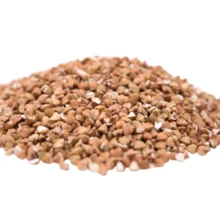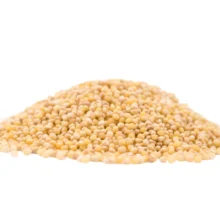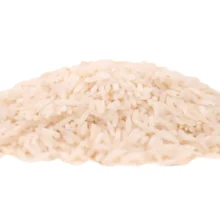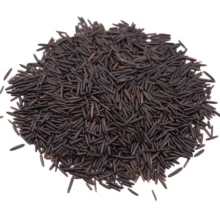Ancient Grains
Showing all 4 resultsSorted by popularity
-

Buckwheat Groats | Raw
Price range: $10.99 through $34.18 — available on subscription -

White Millet Grain | Raw
Price range: $12.99 through $24.68 — available on subscription -

Basmati Rice | Whole Grain
Price range: $15.99 through $30.38 — available on subscription -

Black Rice | Whole Grain
Price range: $13.49 through $43.68 — available on subscription
